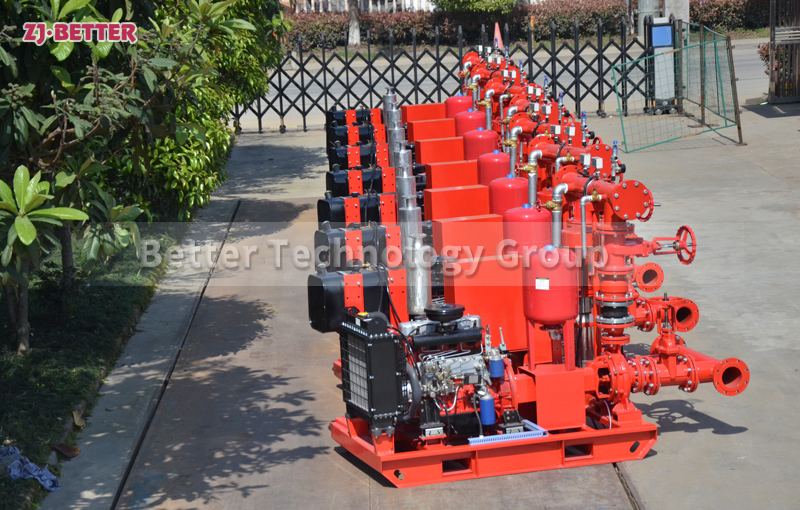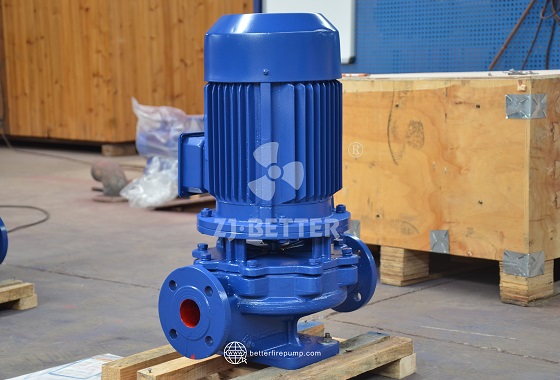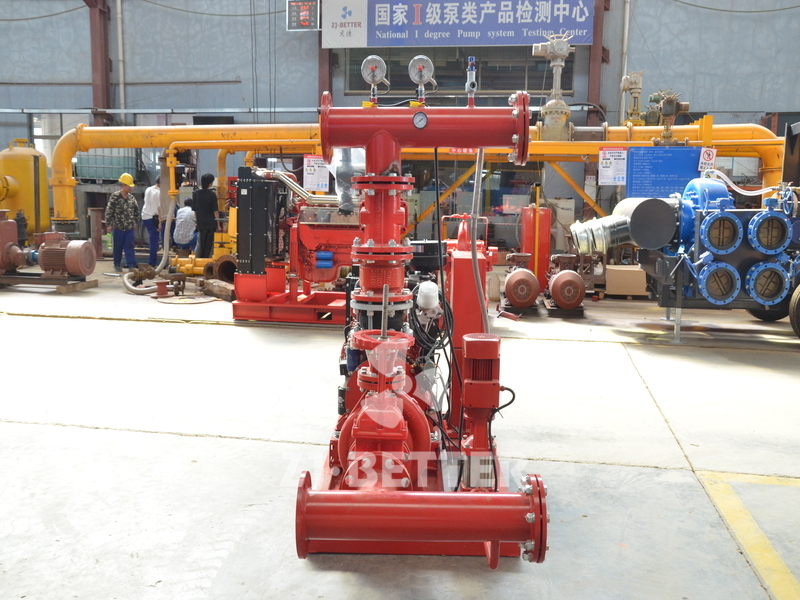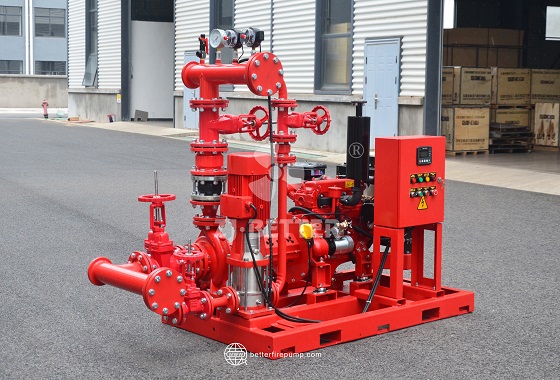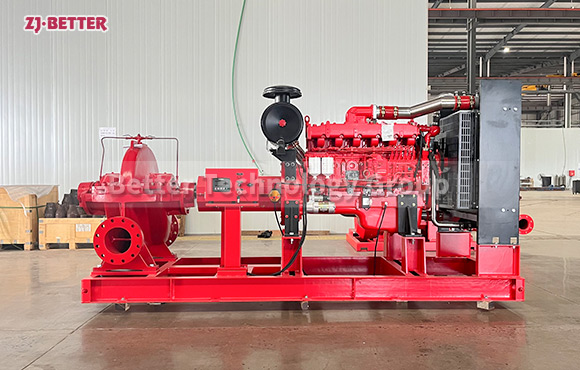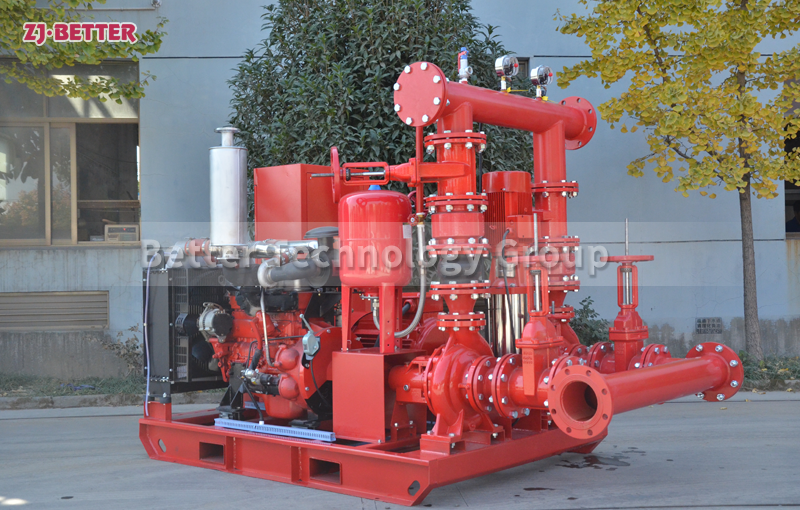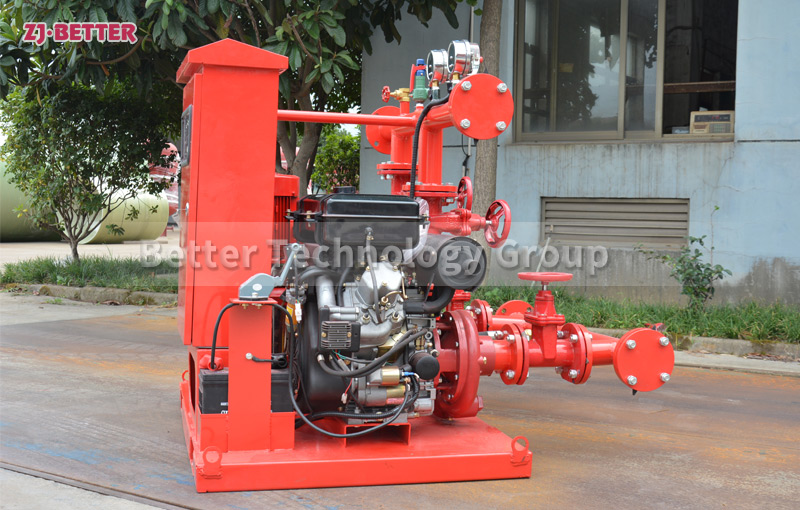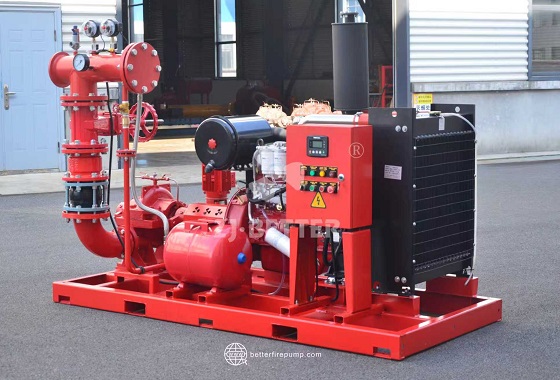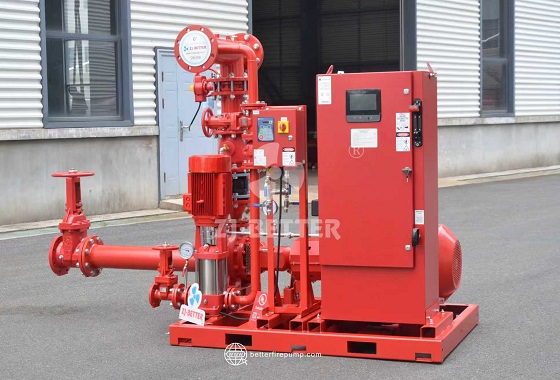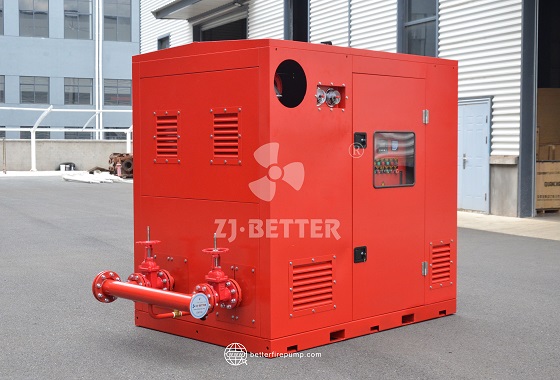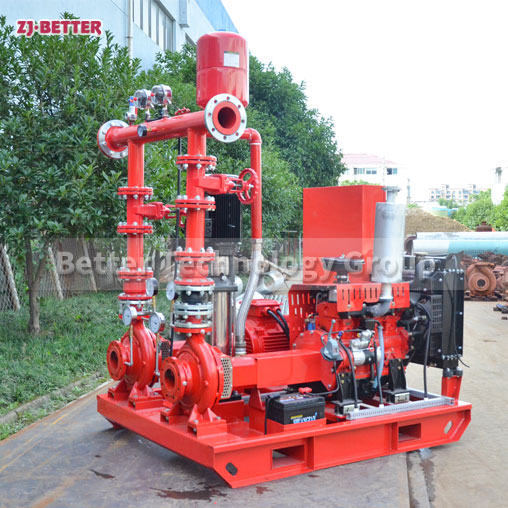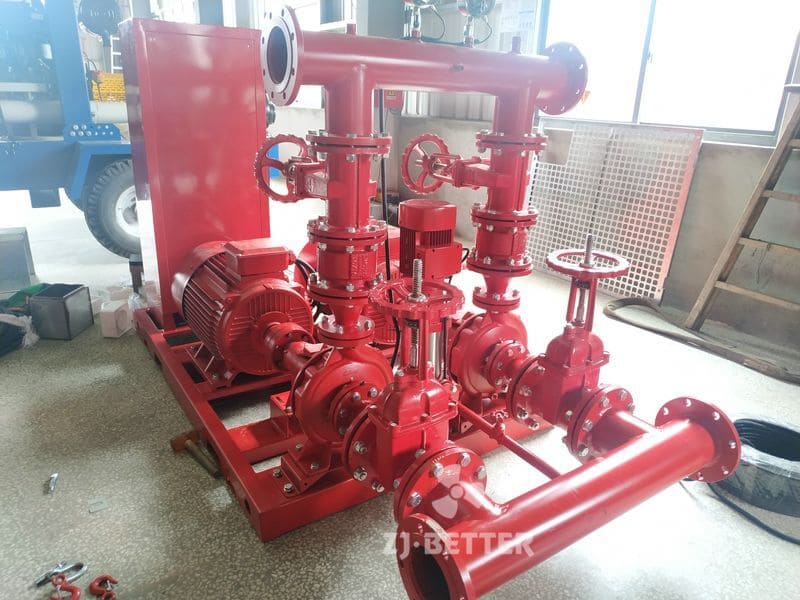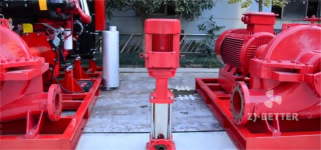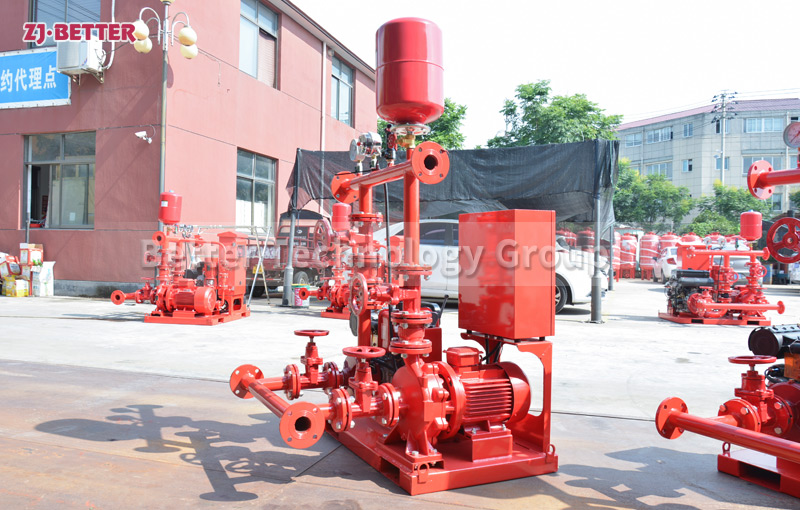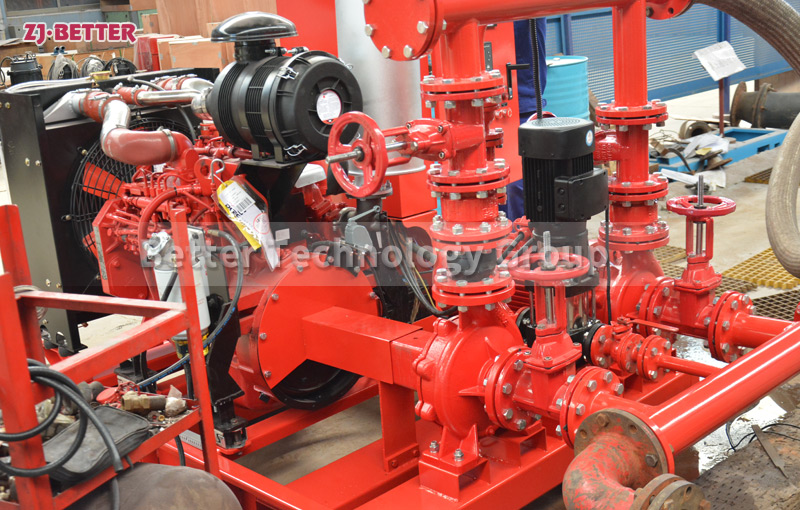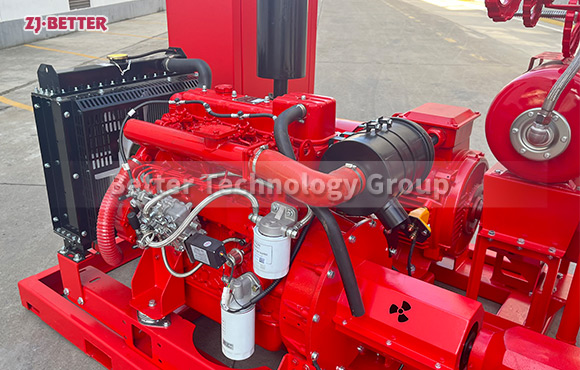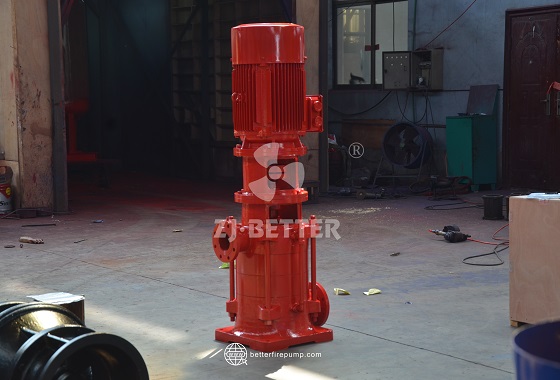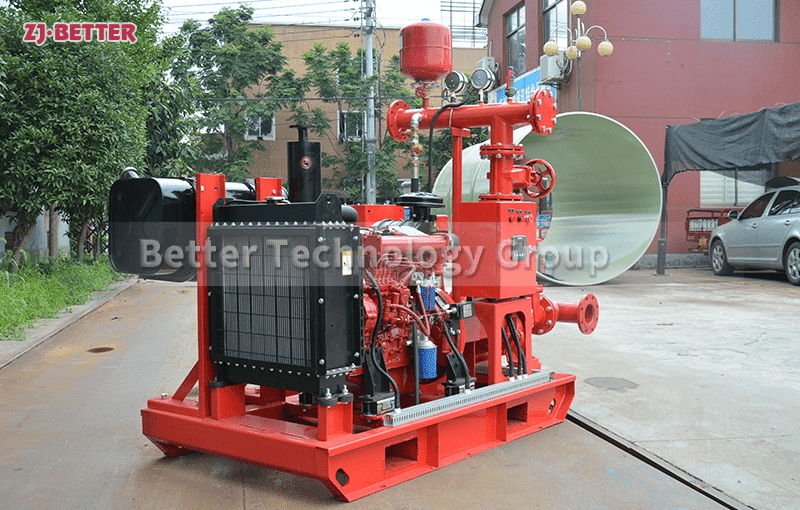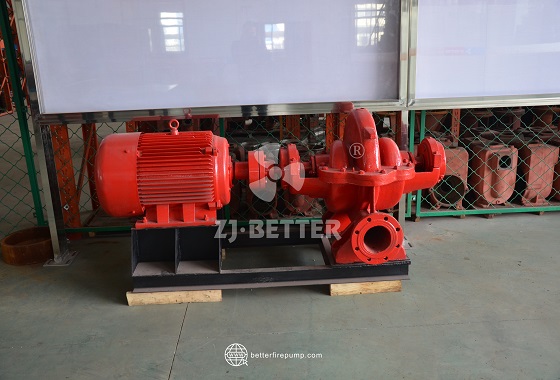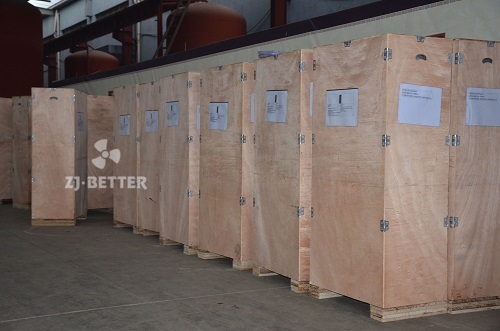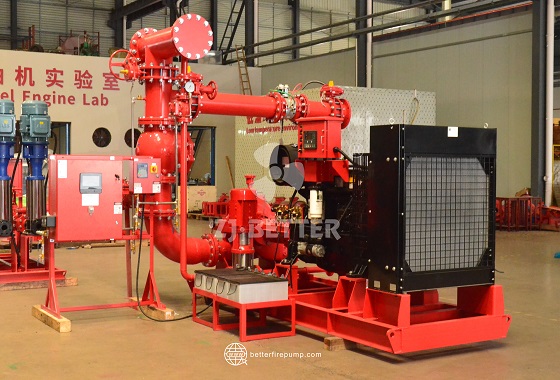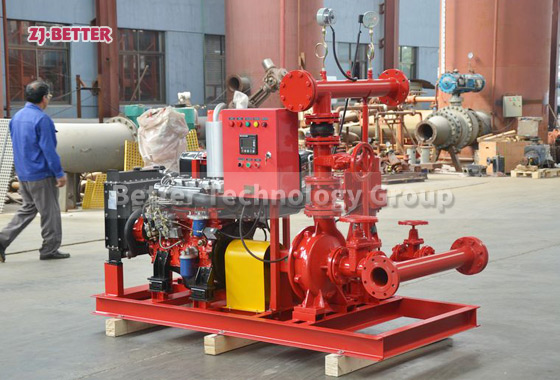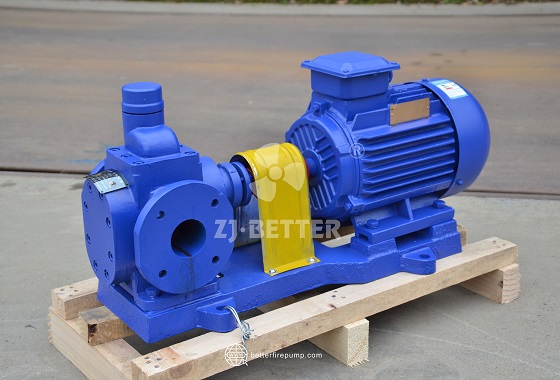What are the control methods of diesel engine fire pumps?
The diesel engine fire pump has automatic, manual and fault self-inspection functions. It can monitor the working status of the whole process, restore the fault start, automatic pre-lubrication and preheating automatic restart function, and make the equipment start safer and more reliable. It has the functions of central control room remote control, remote transmission control and field bus connection. The battery is fully automatic floating charging (constant current, constant voltage, trickle charging) mode to ensure that the battery is in a standby state at any time. The diesel engine fire pump is easy to use, equipped with remote transmission meters and meters, which can be connected to the control center as needed, easy to install and use, and easy to maintain.
1. Manual control: The diesel engine fire pump is manually pressed on the control panel button, and the operation process is automatically completed by the preset program.
2. Automatic control: When the equipment is affected by fire/pipeline pressure or other automatic control signals, the response starts/stops.
3. Remote control: The computer realizes remote monitoring, remote control, remote communication, and remote adjustment through the communication network.

